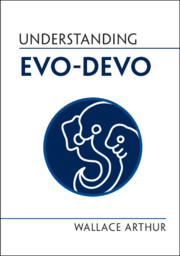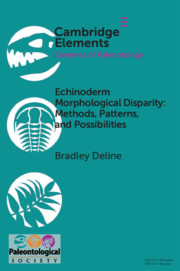Artists have long recognized that trees are self-similar across enormous differences in magnitudes; i.e., they share a common fractal structure - a trunk subdivides into branches which subdivide into more branches which eventually terminate in leaves, flowers, fruits, etc. Artistid Lindenmayer (1971, 1975, 1989, 1990) invented a mathematics based on graph grammar rewriting systems to describe such iteratively branching structures; these were named in honor of him and are referred to as L-systems. With the advent of fractals into computer graphics, numerous artists have similarly produced a wide variety of software packages to illustrate the beauty of fractal/L-system generated plants. Some tree visualizations such as L-Peach (Allen , 2005) do depend very explicitly upon a complex set of precise measurements of a single species of tree. Nonetheless, we felt that there is a need to build a package that allowed scientists (and students) to collect data from actual specimens in the field or laboratory, insert these measurements into an L-system package, and then visually compare actual trees to the computer generated image with such specimens. Furthermore, the effect of variance in parameters helps users evaluate the developmental plasticity both within and between species and varieties. We have developed 3D FractaL Tree (the L is capitalized in honor of Lindemayer) to generate trees based upon measurement of (1) relative lengths of two successive segments averaged over several iterations, (2) the angle theta between bifurcating limbs at successive joints, (3) the number of steps in branching that one must follow to find a branch extending at the same angle as the first one under consideration to determine the phyllotactic angle phi, (4) the average of the summed areas (determined from measurement of diameters) of bifurcations compared to the trunk to determine whether area of flow is preserved (and to consider Poiseuille’s/Murray’s law of laminar flow in a fractal network), (5) the total number of iterative branching from the base to the tip of tree averaged over several counts based on following out different major limbs, (6) an editable L-system rule chosen from a library of branching patterns that roughly correspond to a specimen under consideration, and (7) a degree of stochasticity applied to the above rules to represent some variation over the course of a lifetime. Of course, turned upside down, the computer imagery could be used to represent root structure instead of above ground growth or the bronchial system of a lung, for example. The measurements are recorded and analyzed in a series of worksheets in Microsoft Excel and the results are entered into the graphics engine in a Java application. 3D FractaL Tree produces a rotatable three-dimensional image of the tree which is helpful for examining such characters as self-avoidance (entanglement and breakage), reception of and penetration of sunlight, distances that small herbivores (such as caterpillars) would have to traverse to go from one tip to another, allometric relationships between the convex hull of the crown (as perceived in a top-down projection of the tree) and the trunk’s diameter, and convex hull of the volume distribution of biomass on different subsections of a tree which have been discussed in the Adaptive Geometry of Trees (Horn, 1971) and subsequent research for the past four decades. Besides being able to rotate the three dimensional tree in the x-y, y-z, and x-z planes as well as zoom-in and zoom-out, three different representations are available in 3D FractaL Tree images: wire frame, solid, and transparent. Easy options for editing L-system rules and saving and exporting images are included. 3D FractaL-Tree is published with a Creative Commons license so that it is freely available for downloading, use, and extending with attribution from our Biological ESTEEM Project (http://bioquest.org/esteem).



